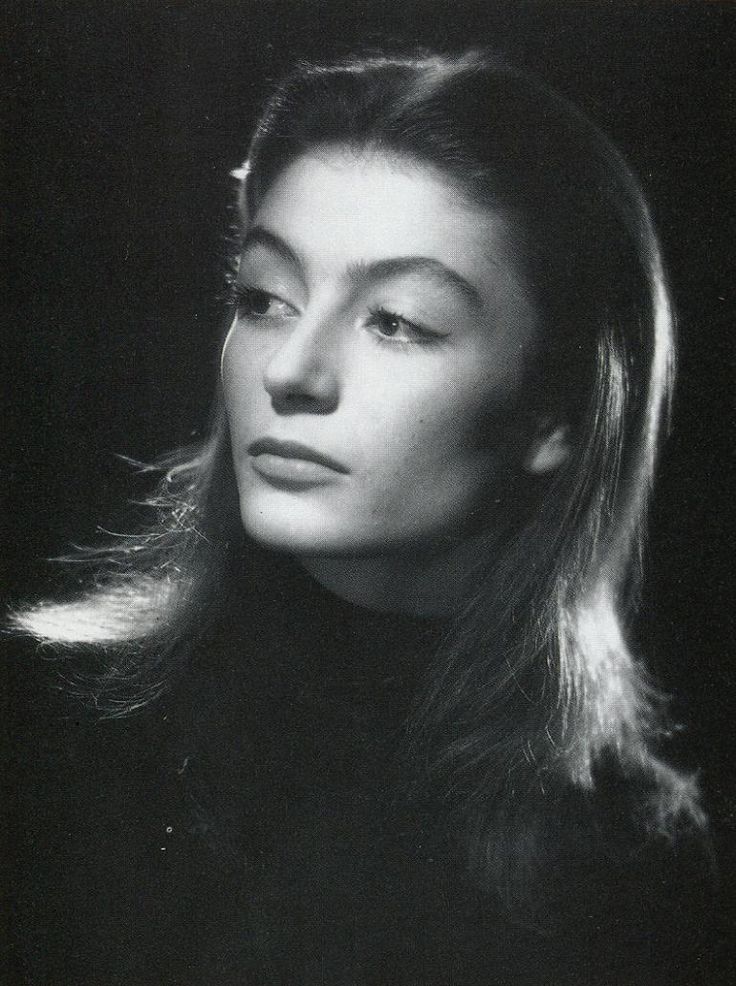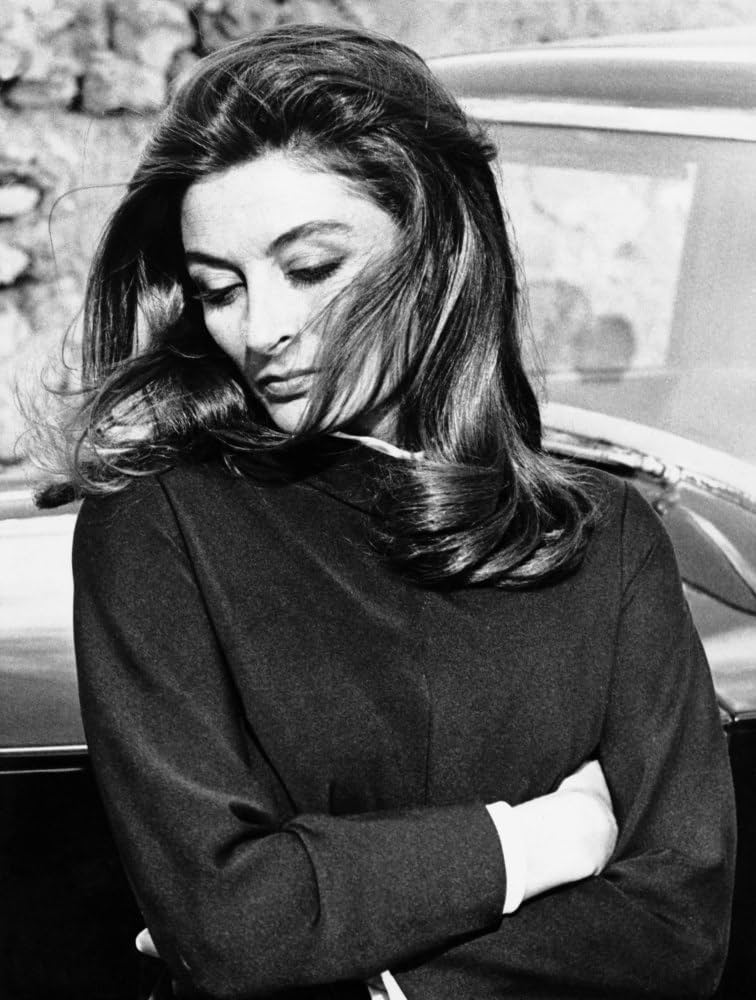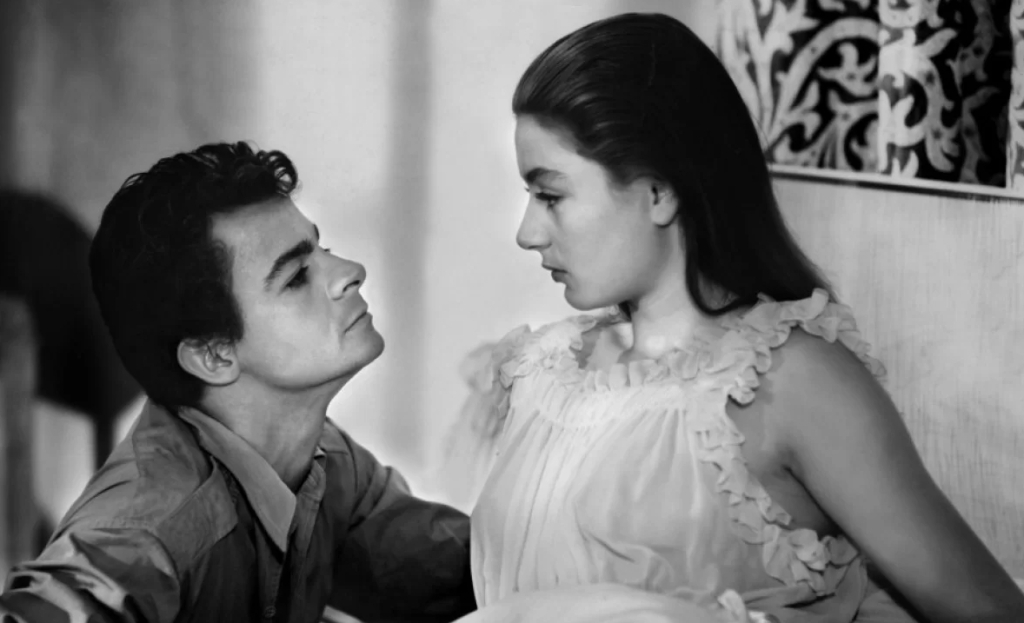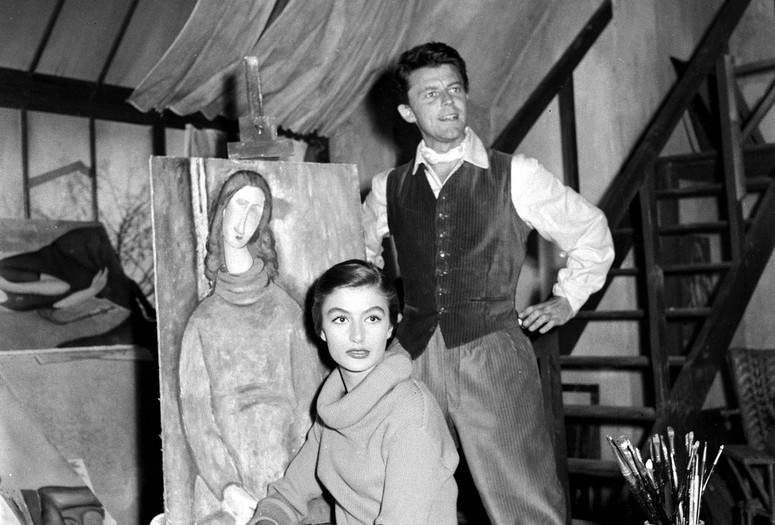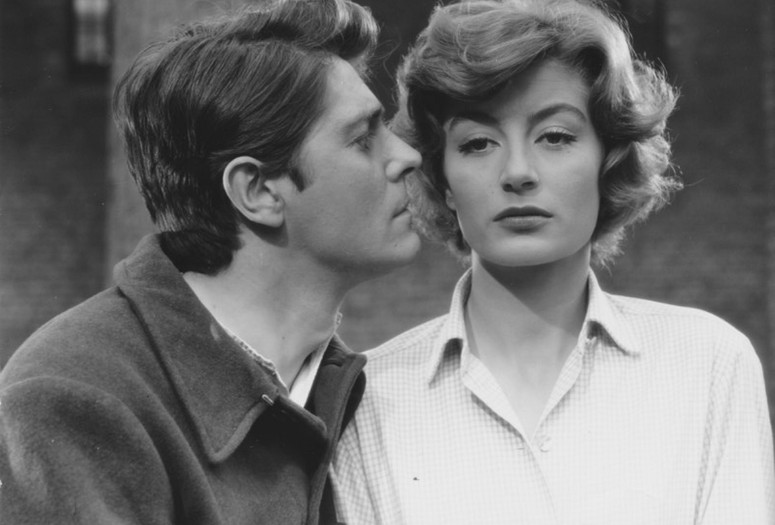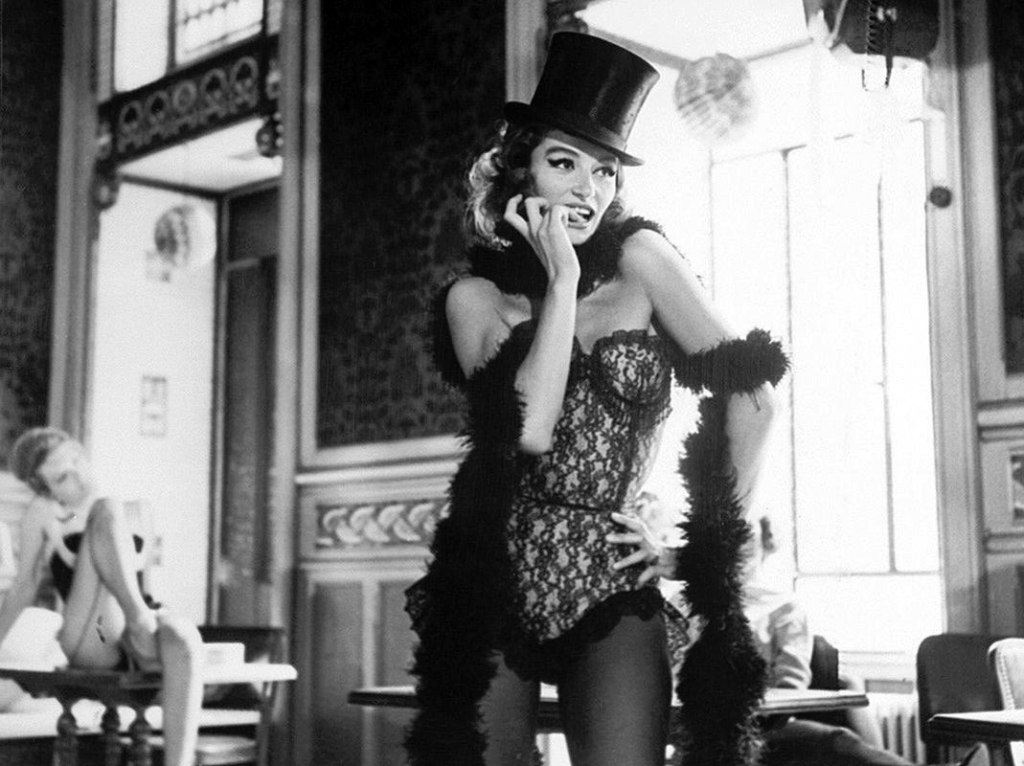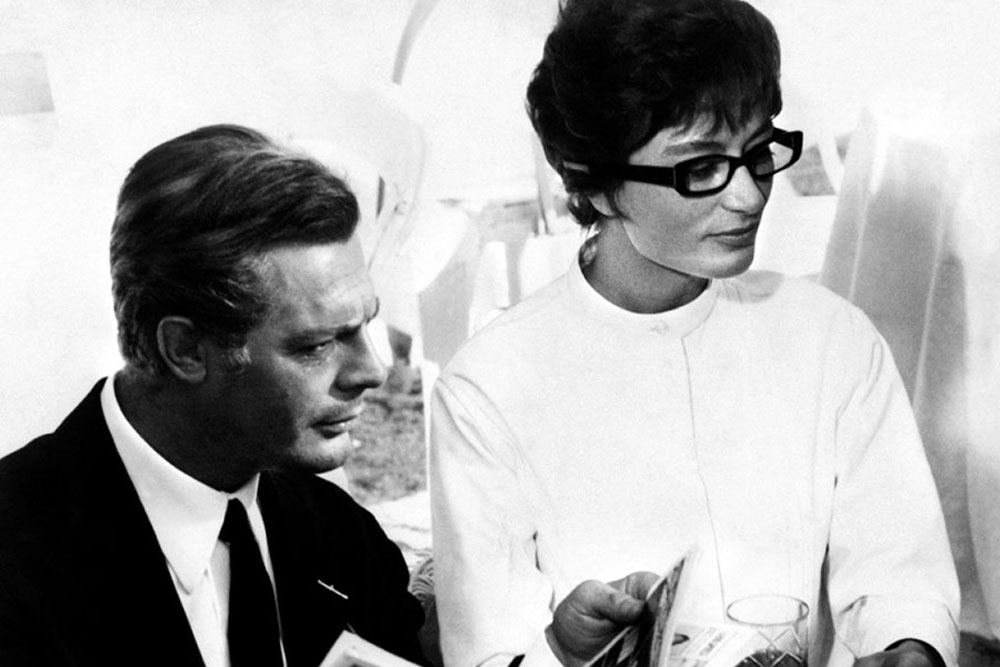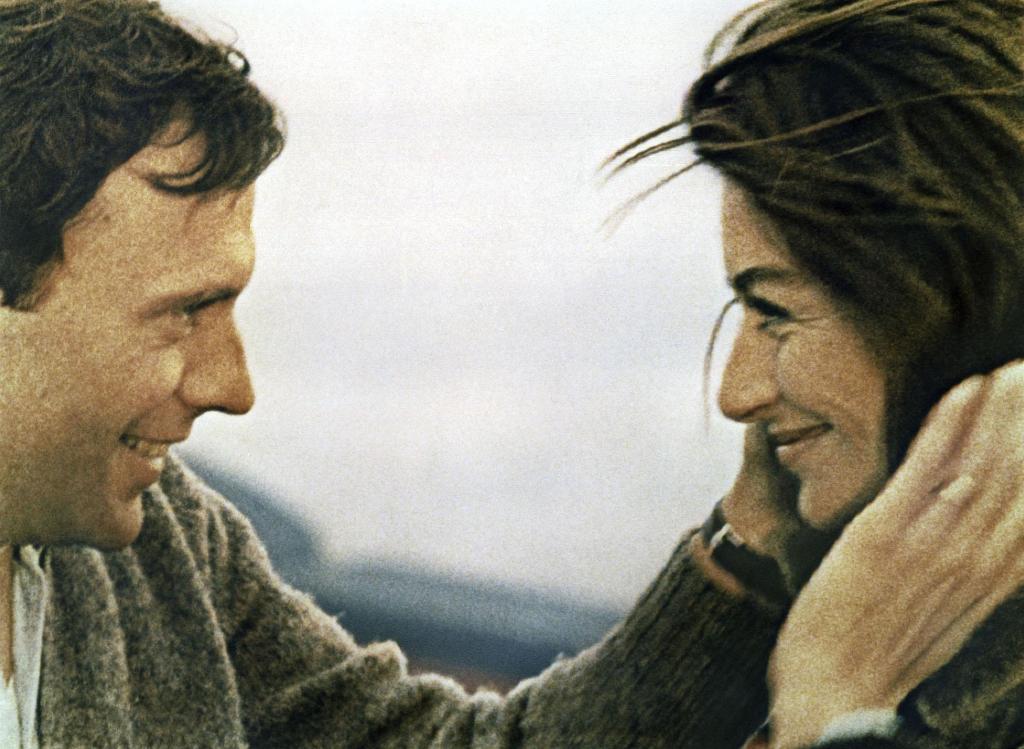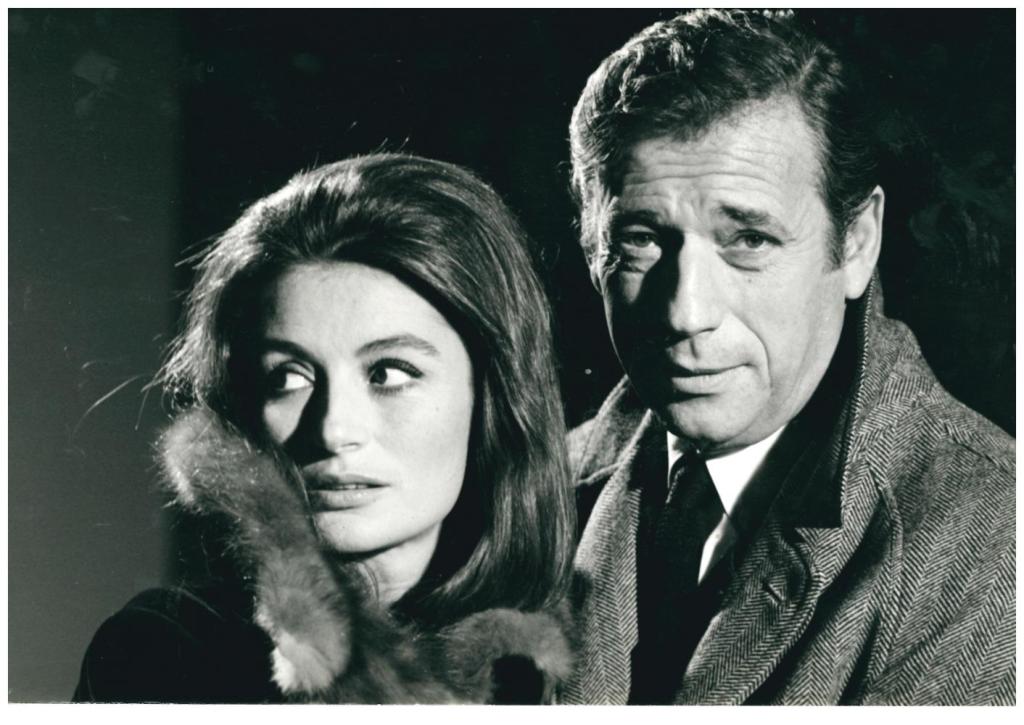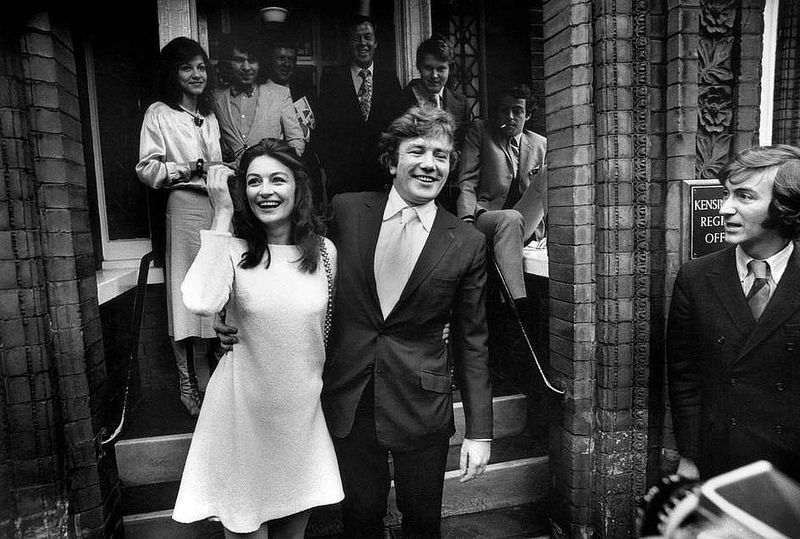Anouk Aimée is one of those select few that was recognized on an international level. She was not limited to the films of her native France as her talents spread across the globe into other countries’ film industries. As a result, she worked with some of cinema’s greatest filmmakers and opposite some of the industry’s most fetching leading men. She was a true example of a film talent’s appeal having no borders.
Anouck Aimée was her stage name. Her birth name was Nicole Françoise Florence Dreyfus. She was the daughter of actor Henri Murray and actress Geneviève Sorya. She was raised under her mother’s religion (Catholicism) but later converted to her father’s religion (Judaism) as an adult. During her educational years, she also studied dance and theatre.
Aimée made her debut at the age of 14 in Henri Calef’s La maison sous la mer (1947) starring Viviane Romance and Clément Duhour. Her character’s name in the film was Anouk which she adopted for her professional name. It was writer Jacques Prévert who came up with her last name Aimée. Prévert also wrote André Cayatte’s The Lovers of Verona (1949) specifically with her in mind for the lead. The movie was loosely based off Romeo and Juliet with Aimée as the Juliet to Serge Reggiani’s Romeo.
After The Lovers of Verona, Aimée then went to Great Britain (which is where she studied theatre) to work opposite a solid leading man (Trevor Howard) in the crime drama Golden Salamander (1950). While Aimée pretty much just has a leading lady role, she is rather likable in it. Afterwards it was back to France for The Crimson Curtain (1952) directed by Alexandre Astruc and opposite Jean-Claude Pascal for a leading man. The movie is either classified as a longer short or a shorter feature film as it tells the tale of a Napoleonic soldier’s forbidden relationship with the daughter of the bourgeoisie couple he is staying with. The movie is all told through Pascal’s narration and much of what is conveyed is what is not said, so two compelling actors need to fill out the main roles which is the case we get with The Crimson Curtain.
Following films included The Man Who Watched Trains Go By (1952), reteaming with director Astruc and leading man Pascal for Les mauvaises rencontres (1955), the German film ich suche dich (1956) both directed by and starring O.W. Fischer, one of a number of female leads in Julien Duvivier’s Lovers of Paris (1957), and Henri Decoin’s heist film Everybody Wants to Kill Me (1957). An important role came playing Amedeo Modigliani’s common-law wife Jeanne Hébuterne in Montparnasse 19 (1958) (aka The Lovers of Montparnasse). The film was going to be directed by Max Ophüls who died while preparing the film and the directorial reigns were then given to Ophüls’ friend Jacques Becker to complete. Also tragic was her leading man Gérard Philipe (one of France’s very best) as Modigliani who would sadly die a year after the film’s release. While the movie was surrounded by tragedy, it was rather fitting given the themes of the biopic itself, although Aimée certainly didn’t have a similar fate to the real-life Jeanne.
1959 brought some notable films including a supporting role in Anatole Litvak’s The Journey, one of the leading roles in George Franju’s Head Against the Wall, and a major role in the directorial debut of her Head Against the Wall co-star Jean-Pierre Mocky, The Chasers. Aimée then acted in one of her signature films, Fellini’s world-wide phenomenon La Dolce Vita (1960) as one of the women in Marcello Mastroianni’s Marcello Rubini’s life who he ends up losing through his own lack of commitment.
After making Philippe de Broca’s The Joker (1960) with Jean-Pierre Cassel, Aimée starred in another one of her signature roles as the title character in Lola (1961), a cabaret performer who reunites with a former romantic partner (played by Marc Michel). The film reached international attention and marked the film debut of the great Jacques Demy who would later have Aimée reprise the role of Lola in Model Shop (1969). Aimée’s next movies included Vittorio De Sica’s The Last Judgment (1961) and Robert Aldrich’s Sodom and Gomorrah (1962).
Next was another major role in her long career, that of Marcello Mastroianni’s Guido Anselmi’s wife in 8½ (1963). 8½ is one of those rare movies with memorable scene after memorable scene, yet the last scene with Mastroianni and Aimée tends to be the one I think of first when I reminisce about this essential film. Her roll with Italian films continued with Mauro Morassi’s Il successo (1963) alongside Vittorio Gassman and Jean-Louis Trintignant and Il terrorista (1963) starring Gian Maria Volontè.
As if starring in Fellini’s two most famous films wasn’t enough to garner international acclaim and recognition, Aimée continued her world-renowned presence with another massive hit, A Man and a Woman (1966). The romantic drama has Aimée and Jean-Louis Trintignant play a widow and a widower who end up falling in love although their life’s tragedies are hard to overcome. Director Claude Lelouch would reteam Aimée and Trintignant as their characters in two sequels but they were less successful/acclaimed. The film won “Best Foreign Language Film” at the Academy Awards and also won “Best Original Screenplay.” Aimée and Lelouch’s direction were also nominated.
Aimée closed out the 1960s with films like André Delvaux’s One Night… a Train (1968) opposite Yves Montand, and George Cukor and Joseph Strick’s poorly received box office bomb Justine (1969). As time wore on, Aimée made less movies, which included Marco Bellocchio’s A Leap in the Dark (1980), Bernardo Bertolucci’s Tragedy of a Ridiculous Man (1981), Agnès Varda’s One Hundred and One Nights (1995), Marceline Loridan Ivens’ The Birch-Tree Meadow (2003), and Philippe Claudel’s Tous les soleils (2011).
Aimée’s career harnessed awards across the globe. She won an Honorary Golden Berlin Bear in 2003, won the BAFTA Film Award for Best Foreign Actress (for A Man and a Woman), won Best Actress at the Cannes Film Festival (for A Leap in the Dark), won an honorary César Award, won the Golden Globe for Best Actress – Drama (for A Man and a Woman), and won Best Actress from the National Society of Film Critics Awards, USA (for A Man and a Woman). While Aimée’s film career was tough to beat, she was less successful on the marriage front. She was married four times and divorced all four times. Her husbands included Greek filmmaker Nico Papatakis, French composer Pierre Braouh (who played her deceased husband via flashbacks in A Man and a Woman), and, most notably, to British star Albert Finney. She had one child from her second marriage to Papatakis, Manuela.
Aimée passed away at the age of 92 in her Parisian home on June 18, 2024. The world of film fans is in mourning, but Aimée’s screen presence will undoubtedly live on as she managed to impress viewers the world over. While often lauded for her beauty (she was even named one of Empire’s top 100 sexiest film stars in history in 1995), she was more than just a stunning face. She was a symbol of a film industry largely gone but certainly not forgotten.
~Virginia
